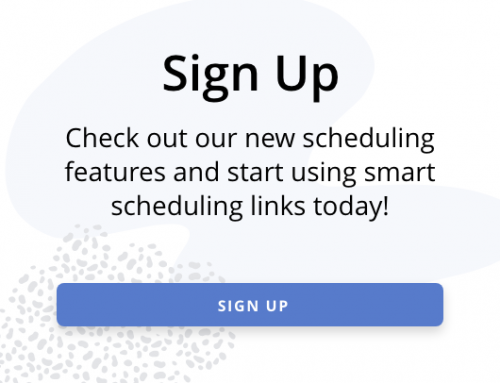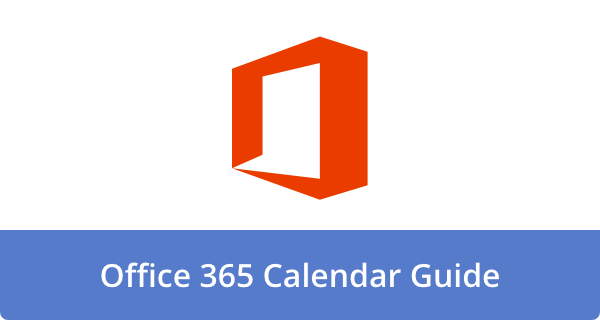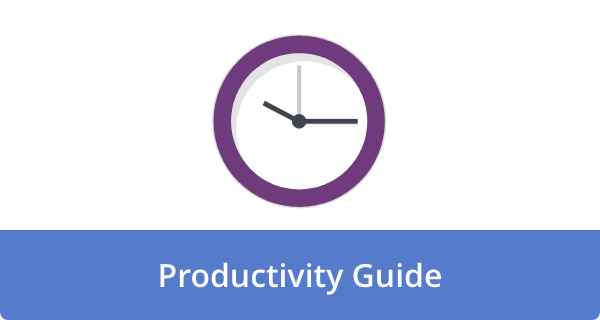

Your calendar tells a story about how you work—how you prioritize, communicate, and make decisions. In an era of hybrid schedules, global teams, and numerous meetings, the small choices you make in invitations and scheduling add up to a personal brand. According to Microsoft’s Work Trend Index, last-minute, ad hoc meetings and after-hours activity are surging, creating fragmentation and fatigue. This list cuts through noise to focus on the calendar habits that quietly undercut credibility—and how to fix them with practical, research-backed moves you can implement today.
1) Sending invites without a clear purpose or question-driven agenda
Colleagues judge professionalism by how quickly they can grasp the purpose of a meeting and what success looks like. Vague titles and “discuss” agendas force people to guess and stall momentum. Use a one-sentence purpose, 2–4 question-based agenda items, and the expected decision or output. Attach pre-reads and note who’s speaking to which question. As Harvard Business Review explains, framing agendas as questions sharpens focus and trims the attendee list—measured by the percentage of meetings with a decision or artifact linked in the event notes.
2) Over-inviting and skipping roles
Inviting “the team” by default signals you haven’t thought. Large groups inflate costs and dilute decisions. Research indicates that fewer than half of meetings are perceived as effective, and higher meeting loads are associated with lower satisfaction and well-being. Assign roles (Driver, Approver, Contributors, Informed), cap invites to those essential to the decision, and send a summary to the rest. Start by auditing recurring meetings for “spectators.” See an evidence review from CIPD and a cross-national study on effectiveness. Metric: ≤8 attendees for decision meetings.
3) Ignoring time zones and core overlap
Scheduling that consistently forces someone to join before sunrise or after bedtime reads as inconsiderate and shortsighted. Distributed work research indicates that time-zone friction degrades collaboration quality and extends work beyond regular hours. Set rotating times for standing meetings, establish 2–4 hours of core overlap, and default to async updates elsewhere. For complex groups, include cities + local times in the invite and propose two options. See CSCW research on time-zone collaboration and Harvard’s work on global time-zone burdens. KPI: ≤10% of meetings falling outside anyone’s stated work window.
4) Booking back-to-back with no buffers
Running meetings to the minute creates slips, lateness, and rushed handoffs. It also amplifies “attention residue”—the cognitive carryover when switching tasks—which degrades performance. Build 5–10 minute buffers between meetings and finish on the:25 or:50 to reset and capture actions. If you lead, end early when possible. The phenomenon of attention residue is documented in Sophie Leroy’s paper, and chronic lateness incurs measurable productivity costs, according to SHRM. Metric: average meeting end ≤ scheduled end time, with notes sent within 10 minutes.
5) Letting recurring meetings live forever
Perpetual recurring meetings become ritual, not ROI. Without a sunset, agendas drift and attendance becomes performative. Add an end date, quarterly “kill or keep” reviews, and eligibility rules (meeting is canceled if pre-work isn’t done or new decisions aren’t needed). Companies introducing meeting-free days saw improvements in autonomy, engagement, and productivity, according to MIT Sloan’s analysis of no-meeting days. Metric: % of recurring series ended or reduced at each review.
6) Treating your calendar as a meeting-only tool
High performers schedule deep work on their calendars. If you don’t, others will fill the space. Block 60–120 minute focus sessions for strategic work, batch admin into short blocks, and protect at least one meeting-free half day. Data from Microsoft’s Work Trend Index shows 68% of people lack uninterrupted focus time; inefficient meetings top the list of productivity disruptors. Use focus blocks with clear deliverables in the event description. Source: Microsoft’s 2023 Work Trend Index. KPI: ≥2 deep-work blocks per week; ≥40% of week not in meetings.
7) Springing last-minute invites or constant reshuffles
Calendar whiplash erodes trust. It forces frantic prep, creates conflicts, and pushes work into nights or weekends. Set service levels: 24+ hours’ notice for new meetings, 48+ hours for workshops, and a maximum of one reschedule per invitation. For urgent, same-day needs, send a written brief first so people can prep async. Microsoft’s latest Work Trend Index highlights an “infinite workday,” characterized by a high volume of ad hoc calls and a surge in last-minute additions, resulting in stretched schedules. See WorkLab’s special report. Metric: ≤10% of meetings scheduled inside 24 hours.
A sharper calendar is a leadership signal. Start by fixing one habit this week—trim a bloated invite list, add buffers, or set a sunset on a recurring series—then build from there. Your team will feel the difference, and your reputation will reflect it.











John Rampton
John’s goal in life is to make people’s lives much more productive. Upping productivity allows us to spend more time doing the things we enjoy most. John was recently recognized by Entrepreneur Magazine as being one of the top marketers in the World. John is co-founder of Calendar.